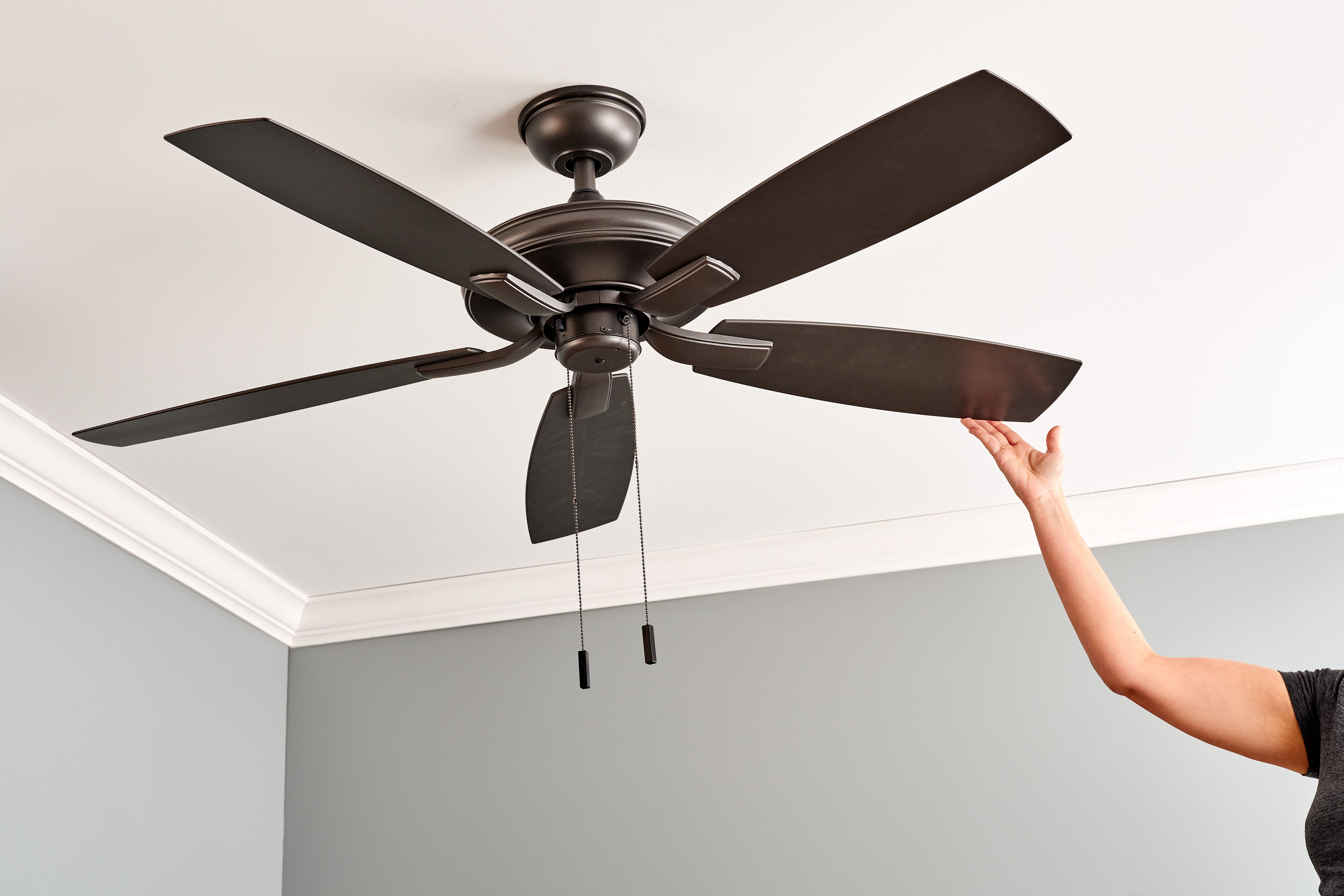

Articles
Why Does My Ceiling Fan Wobble
Modified: February 28, 2024
Discover articles on why your ceiling fan wobbles and how to fix it. Find helpful tips and expert advice to ensure your fan runs smoothly and efficiently.
(Many of the links in this article redirect to a specific reviewed product. Your purchase of these products through affiliate links helps to generate commission for Storables.com, at no extra cost. Learn more)
Introduction
A ceiling fan is an essential appliance in many households, providing both comfort and energy efficiency. However, it can be quite frustrating when your ceiling fan starts to wobble. Not only does it create an annoying noise, but it can also compromise the stability and performance of the fan.
Wobbling ceiling fans are a common issue that many homeowners face, but the good news is that it is often a fixable problem. Understanding the causes of ceiling fan wobbling and learning how to address them can help you restore your fan to its smooth and stable operation.
In this article, we will explore the most common causes of ceiling fan wobbling and provide you with practical steps to fix it. Whether you are a DIY enthusiast or prefer to call in a professional, this guide will equip you with the knowledge to tackle the issue head-on.
Key Takeaways:
- Addressing the common causes of ceiling fan wobbling, such as loose blades and inadequate installation, can restore stability. Remember to turn off the fan, tighten loose screws, and seek professional help if needed for a safe and effective resolution.
- Using a ceiling fan balancing kit and seeking professional assistance when necessary can help eliminate wobbling issues. Proper maintenance and addressing complex causes ensure a comfortable and efficient ceiling fan operation.
Read more: Why Does My Ceiling Fan Hum
Common Causes of Ceiling Fan Wobbling
There are several factors that can contribute to a ceiling fan wobbling. Understanding these common causes can help you identify the root of the problem and take appropriate measures to fix it.
- Uneven Blade Alignment: One of the primary reasons for ceiling fan wobbling is uneven blade alignment. Over time, the blades can become misaligned due to regular use or accidental knocks. When the blades are not perfectly aligned, it creates an imbalance that can result in wobbling.
- Loose or Damaged Fan Blades: Loose or damaged fan blades can also lead to wobbling. If the blades are not securely attached to the fan motor or if they have become warped or bent, it can cause an uneven distribution of weight and disrupt the fan’s balance.
- Loose Ceiling Fan Mounting: A poorly mounted ceiling fan can also be a culprit behind the wobbling. If the fan is not securely attached to the ceiling and the mounting bracket is loose, it can cause the entire fan assembly to shake and wobble.
- Excessive Fan Motor Vibration: The motor of the ceiling fan generates vibrations as it rotates. In some cases, excessive vibration can result from a faulty motor or internal components that have become loose or worn out. This vibration can transmit to the fan blades and cause them to wobble.
- Inadequate Ceiling Fan Installation: Improper installation of the ceiling fan can contribute to wobbling. If the fan blades are not balanced during installation or if the fan is not installed on a sturdy electrical box or support structure, it can lead to wobbling and instability.
Identifying the underlying cause of your ceiling fan wobbling is crucial in determining the appropriate solution. In the next section, we will explore how you can fix a wobbling ceiling fan and restore it to smooth operation.
Uneven Blade Alignment
If your ceiling fan is wobbling, one of the most common causes is uneven blade alignment. Over time, the blades can become misaligned due to regular use or accidental knocks. This can create an imbalance in the fan, leading to unwanted wobbling.
To address this issue, you can follow these steps:
- Turn off the ceiling fan and allow it to come to a complete stop.
- Carefully inspect each blade to determine if any of them are noticeably misaligned. Look for uneven gaps between the blades or blades that are slightly angled.
- If you identify a misaligned blade, gently apply pressure to the blade to adjust its position. Be cautious not to bend or damage the blade during this process.
- After adjusting the misaligned blade, give the fan a test run to see if the wobbling has improved.
If adjusting the blade alignment does not resolve the issue, you may need to move on to the next troubleshooting step.
It is important to note that improper blade alignment can also be caused by loose blade screws. Loose screws can result in the blades shifting out of alignment, leading to wobbling. Therefore, before adjusting the blade alignment, it is advisable to check the tightness of the blade screws.
Fixing uneven blade alignment is typically a straightforward task that can be done by most homeowners. However, if you are unsure or uncomfortable with performing these adjustments, it is always wise to seek assistance from a professional electrician or ceiling fan technician.
Loose or Damaged Fan Blades
Another common cause of ceiling fan wobbling is loose or damaged fan blades. If the blades are not securely attached to the fan motor or if they have become warped or bent, it can disrupt the balance of the fan, resulting in wobbling.
To address this issue, follow these steps:
- Start by turning off the ceiling fan and allowing it to come to a complete stop.
- Inspect each blade carefully to check for any signs of looseness or damage. Look for blades that appear loose, wobbly, or have visible gaps between the blade and the fan motor.
- If you find any loose blades, locate the screws or bolts that secure them to the fan motor. Using a screwdriver or a wrench, tighten the screws or bolts to ensure a secure connection between the blades and the motor. Be careful not to overtighten them, as this can lead to other issues.
- If the blades are damaged or warped, it is advisable to replace them. Contact the manufacturer or a local hardware store to find the appropriate replacement blades for your ceiling fan model.
- After tightening or replacing the blades, give the fan a test run to check if the wobbling has ceased or improved.
It is important to note that when replacing fan blades, it is recommended to replace all of them rather than just a single blade. This ensures balanced weight distribution and optimum performance of the fan.
If you have tightened the blades and they are not loose, but the wobbling persists, it is recommended to move on to other troubleshooting steps to address the issue.
If you are uncertain about performing these tasks or if your fan blades require professional attention, do not hesitate to seek assistance from a qualified electrician or ceiling fan technician. They will have the expertise and experience to properly assess and address the issue.
Loose Ceiling Fan Mounting
A poorly mounted ceiling fan can contribute to wobbling. If the fan is not securely attached to the ceiling and the mounting bracket is loose, it can cause the entire fan assembly to shake and wobble.
To address this issue, follow these steps:
- Begin by turning off the ceiling fan and ensuring that it is completely still.
- Use a ladder or step stool to reach the ceiling fan. Take caution and ensure your safety when working at heights.
- Inspect the mounting bracket, which is typically located above the ceiling fan canopy. Check if the mounting screws or bolts are loose.
- If you find loose screws or bolts, use a screwdriver or wrench to tighten them. Ensure a firm and secure connection between the mounting bracket and the ceiling.
- After tightening the screws or bolts, give the fan a test run to see if the wobbling has ceased or improved.
If tightening the mounting bracket does not resolve the wobbling issue, it may be necessary to reinstall the ceiling fan. This involves detaching the fan from the mounting bracket, repositioning the bracket if needed, and then securely reinstalling the fan.
Proper installation of the ceiling fan is crucial in preventing wobbling. If you are uncertain about the installation process or if the wobbling persists after attempting to tighten the mounting bracket, it is advisable to seek assistance from a professional electrician or ceiling fan technician to ensure a safe and secure installation.
By addressing loose ceiling fan mounting, you can eliminate one of the potential causes of wobbling. However, if the wobbling persists, there might be other underlying factors that require attention.
Read more: Why Does My Kitchenaid Mixer Wobble
Excessive Fan Motor Vibration
The motor of the ceiling fan generates vibrations as it rotates, but excessive vibration can contribute to wobbling. This can occur if the motor is faulty or if internal components have become loose or worn out over time.
To address this issue, follow these steps:
- Begin by turning off the ceiling fan and allowing it to come to a complete stop.
- Inspect the fan motor and surrounding components for any visible signs of damage or loose parts. Look for loose screws, bolts, or any other components that are not securely in place.
- If you find any loose parts, use a screwdriver or a wrench to tighten them. Ensure that all screws and bolts are properly secured.
- If the fan motor itself is damaged or malfunctioning, it may require professional repair or replacement. Contact the manufacturer or a certified electrician for further assistance.
- After tightening any loose parts or addressing motor issues, operate the ceiling fan to determine if the excessive vibration and wobbling have diminished.
If tightening loose parts or repairing the motor does not resolve the wobbling, it is important to consider other potential causes and solutions.
In some cases, installing rubber isolation pads or anti-vibration mounts between the fan motor and the mounting bracket can help absorb the vibrations and reduce wobbling. It is a good idea to consult with a professional electrician or ceiling fan technician for guidance on using such accessories.
If you are unsure about performing these tasks or if the fan motor requires professional attention, it is recommended to seek assistance from a qualified electrician or ceiling fan technician. They will have the expertise to properly diagnose and address motor-related issues.
By addressing excessive fan motor vibration, you can effectively reduce wobbling and improve the overall performance and stability of your ceiling fan.
Inadequate Ceiling Fan Installation
Improper installation of a ceiling fan can contribute to wobbling and instability. If the fan blades are not balanced during installation or if the fan is not installed on a sturdy electrical box or support structure, it can result in wobbling and compromise the fan’s performance.
To address this issue, follow these steps:
- Start by turning off the ceiling fan and ensuring that it is completely still.
- Inspect the fan installation to check for any visible signs of inadequate installation. Look for any loose or wobbly connections, improper blade alignment, or signs of the fan not being securely mounted.
- If the blades are not balanced, you can use a ceiling fan balancing kit to correct the imbalance. These kits typically consist of a balancing clip or weight that can be attached to the blades to achieve proper balance.
- If the fan is not installed on a sturdy electrical box or support structure, it may need to be remounted. This should be done by a professional electrician to ensure the safety and stability of the installation.
- After addressing any installation issues, give the fan a test run to determine if the wobbling has improved.
Proper installation is crucial in preventing future wobbling and ensuring the longevity of your ceiling fan. If you are uncertain about the installation process or if the wobbling persists after attempting to address installation-related issues, it is highly recommended to seek assistance from a professional electrician or ceiling fan technician.
A professional will have the knowledge and expertise to properly assess and address any installation-related problems, ensuring that your ceiling fan is securely installed and free from wobbling.
By addressing inadequate ceiling fan installation, you can eliminate potential causes of wobbling and enjoy a more stable and efficient fan operation.
How to Fix a Wobbling Ceiling Fan
Dealing with a wobbling ceiling fan can be frustrating, but fortunately, there are several steps you can take to address the issue and restore stability to your fan. Here is a comprehensive guide on how to fix a wobbling ceiling fan:
Step 1: Turn Off the Ceiling Fan
Before attempting any repairs or adjustments, make sure to turn off the ceiling fan and allow it to come to a complete stop. This will ensure your safety during the troubleshooting process.
Read more: How To Fix A Wobbly Ceiling Fan
Step 2: Check for Loose Blades
Inspect each fan blade to determine if any of them are loose. Gently try to wiggle each blade and look for any noticeable movement or gaps between the blade and the fan motor. Loose blades can contribute to wobbling.
Step 3: Tighten the Loose Blade Screws
If you find any loose blades, locate the screws or bolts that secure them to the fan motor. Use a screwdriver or a wrench to tighten the screws or bolts, ensuring a secure connection between the blades and the motor. Be careful not to overtighten them, as this can lead to other issues.
Step 4: Balance the Blades
If the blades are aligned but the fan is still wobbling, it may be necessary to balance the blades. Use a ceiling fan balancing kit, which typically includes a balancing clip or weight, to achieve proper balance. Attach the balancing clip or weight to each blade one at a time and observe if the wobbling decreases. Adjust the weight as needed until the fan operates smoothly.
Step 5: Check the Mounting Bracket
Inspect the mounting bracket, which is typically located above the ceiling fan canopy, to ensure it is securely attached to the ceiling. Tighten any loose screws or bolts in the mounting bracket to stabilize the fan. If the mounting bracket is not properly secured, it can contribute to wobbling.
Read more: Why Does My Ceiling Fan Turn On By Itself
Step 6: Use a Ceiling Fan Balancing Kit
If the wobbling persists, consider using a ceiling fan balancing kit that includes self-adhesive weights. Attach these weights to the blades at different positions to achieve balance. The kit should come with instructions on how to properly use the weights for optimal results.
Step 7: Seek Professional Help if Needed
If the above steps do not resolve the wobbling issue or if you are unsure about performing these tasks, it is advisable to seek assistance from a professional electrician or ceiling fan technician. They have the expertise and experience to identify and fix complex issues with ceiling fans safely.
Remember, maintaining a properly balanced ceiling fan not only eliminates wobbling but also ensures the longevity and efficient operation of your fan. By following these steps, you can address the wobbling issue and enjoy a stable and comfortable airflow in your living space.
Step 1: Turn Off the Ceiling Fan
When dealing with a wobbling ceiling fan, the first and most crucial step is to turn off the fan completely. This ensures your safety during the troubleshooting process and prevents any accidental injuries while working on the fan.
Before attempting to fix the wobbling, take a moment to locate the fan’s wall switch or remote control and turn it off. Wait until the blades come to a complete stop before proceeding with any further steps.
Turning off the ceiling fan serves several purposes. Firstly, it eliminates the risk of coming into contact with the rotating blades, preventing any potential injuries to your fingers or hands. Secondly, it allows you to have a clear view of the fan’s components without any motion, making it easier to identify the cause of the wobbling.
Additionally, turning off the ceiling fan prevents any accidental movements or adjustments while you are working on it. This ensures that you have a stable base to make the necessary repairs or adjustments, improving the overall safety of the process.
Always remember to exercise caution and respect when working with any electrical equipment in your home. Turning off the ceiling fan should be the first step in any maintenance or troubleshooting process, providing a secure starting point for addressing the wobbling issue.
Once the ceiling fan is turned off and completely still, you can proceed with the subsequent steps to diagnose and fix the wobbling effectively.
Step 2: Check for Loose Blades
After turning off the ceiling fan, the next step in fixing a wobbling fan is to check for loose blades. Loose blades can contribute to the wobbling motion and affect the overall stability of the fan.
To check for loose blades, follow these steps:
- Ensure the fan has come to a complete stop before proceeding.
- Observe each blade closely and check for any visible signs of looseness. Look for blades that have noticeable gaps between them and the fan motor or blades that appear wobbly when gently nudged.
- Gently try to wiggle each blade using your hand to assess its stability. If a blade moves significantly or feels loose, it is an indication that it needs to be tightened.
It’s important to address loose blades promptly as they can lead to excessive vibration and wobbling, compromising the performance and safety of the ceiling fan.
If you discover any loose blades, proceed to the next step to tighten them and restore stability to the fan.
Note: Before attempting any repairs or adjustments on the fan blades, always refer to the manufacturer’s instructions and follow the recommended procedures to ensure safety and avoid any damage to the fan.
Read more: Why Is My Ceiling Fan Clicking
Step 3: Tighten the Loose Blade Screws
After identifying any loose blades in your ceiling fan, the next step is to tighten the screws or bolts that secure the blades to the fan motor. This will help eliminate the wobbling motion caused by the loose blades.
Follow these steps to tighten the loose blade screws:
- Prepare the necessary tools for the task, such as a screwdriver or a wrench.
- Carefully access the area where the blades are attached to the fan motor. This may require removing any decorative coverings or canopy pieces.
- Inspect each blade to locate the screws or bolts that hold it in place. Take note of any screws that appear to be loose or not fully tightened.
- Using the appropriate tool, gently tighten each loose screw or bolt until it is snug. Be cautious not to overtighten, as this could strip the threads or cause damage to the blades or the motor.
- After tightening all the screws or bolts, check the stability of each blade by gently trying to move it. They should feel secure and exhibit minimal movement.
By tightening the loose blade screws, you are ensuring a secure connection between the blades and the fan motor, which helps maintain balance and stability during operation.
It is crucial to refer to the manufacturer’s instructions for your specific ceiling fan model, as the blade attachment mechanism may vary. Following the recommended tightening procedures will help prevent any damage to the fan and ensure safe and effective repairs.
If tightening the blade screws does not resolve the wobbling issue, you may need to consider additional troubleshooting steps to address other potential causes of the problem.
Step 4: Balance the Blades
If the ceiling fan continues to wobble after tightening the loose blade screws, the next step is to balance the blades. Balancing the blades helps distribute the weight evenly and can eliminate any remaining wobbling motion.
Follow these steps to balance the blades of your ceiling fan:
- Ensure the fan is turned off and completely still before proceeding.
- Observe each blade closely and identify any blades that appear to be uneven or out of balance. Look for variations in the gap between the blades and the ceiling or the distance between adjacent blades.
- Use a ceiling fan balancing kit, which typically includes a balancing clip or weight, to achieve proper balance. These kits are readily available at home improvement stores or online.
- Attach the balancing clip or weight to the top or trailing edge of the blade that is causing the imbalance. Start with one blade at a time and experiment with different positions along the blade until you find the spot that reduces the wobbling.
- Once you have attached the balancing clip or weight, turn the fan on and observe if the wobbling motion has improved. Continue adjusting the position of the clip or weight until you achieve balanced and smooth operation.
- Repeat the balancing process for each blade that requires adjustment.
Properly balancing the blades will help minimize any remaining wobbling and ensure smooth and efficient operation of your ceiling fan.
If you do not have access to a ceiling fan balancing kit or if the wobbling persists after attempting to balance the blades, consider consulting a professional electrician or ceiling fan technician for further assistance.
Note: Be sure to follow the instructions provided with the balancing kit and refer to the manufacturer’s guidelines for your specific ceiling fan model to avoid any damage to the fan during the balancing process.
Check that the blades are balanced and tightened properly. Use a balancing kit if needed. Ensure the ceiling fan is securely mounted to reduce wobbling.
Step 5: Check the Mounting Bracket
If your ceiling fan continues to wobble even after balancing the blades, the next step is to check the mounting bracket. A loose or improperly installed mounting bracket can contribute to the wobbling motion of the fan.
Follow these steps to check and address the mounting bracket:
- Turn off the ceiling fan and make sure it has come to a complete stop.
- Use a ladder or step stool to safely access the area around the fan.
- Inspect the mounting bracket, which is typically located above the ceiling fan canopy. Look for any visible signs of looseness or wobbling in the bracket.
- If you notice any loose screws or bolts in the mounting bracket, use a screwdriver or a wrench to tighten them. Ensure that all screws and bolts are securely tightened but be careful not to overtighten.
- If the mounting bracket appears to be damaged or unstable, it may need to be replaced. Consult the fan’s manufacturer instructions or contact a professional electrician for assistance in replacing the mounting bracket.
- After addressing any issues with the mounting bracket, give the fan a test run to check if the wobbling has improved.
By ensuring that the mounting bracket is securely attached to the ceiling and free from any wobbling, you can enhance the stability and smooth operation of your ceiling fan.
Please note that handling electrical components and working at heights can be dangerous. If you are unsure or uncomfortable with performing these tasks, it is always recommended to seek assistance from a qualified electrician or ceiling fan technician.
Addressing any issues with the mounting bracket is an essential step in troubleshooting a wobbling ceiling fan, but if the wobbling persists, there may be other factors contributing to the problem that need to be addressed.
Step 6: Use a Ceiling Fan Balancing Kit
If your ceiling fan continues to wobble after attempting other troubleshooting steps, using a ceiling fan balancing kit can help correct any remaining balance issues. These kits are designed to provide an easy and effective solution for balancing the fan blades.
Follow these steps to use a ceiling fan balancing kit:
- Ensure the fan is turned off and completely still before proceeding.
- Observe the blades closely and identify any blades that still appear to be causing the wobbling.
- Acquire a ceiling fan balancing kit, which typically includes self-adhesive weights.
- Attach the self-adhesive weight to the top or trailing edge of the blade that is contributing to the wobbling. Start with one blade at a time and adjust the position of the weight as needed.
- Turn on the fan and observe if the wobbling motion has improved. Continue adjusting the position of the weight until the fan operates smoothly and without any wobbling.
- Repeat the process for any other blades that require balancing.
Using a ceiling fan balancing kit can be an effective method for addressing balance issues that remain after other troubleshooting steps have been taken. The weights provided in the kit help distribute the weight evenly, minimizing any wobbling motion and enhancing the overall stability of the fan.
It is important to carefully follow the instructions provided with the balancing kit and ensure that the weights are securely attached. Improperly attached weights may cause further imbalance and potentially damage the fan.
If you do not have access to a ceiling fan balancing kit or if the wobbling persists despite your efforts, consider consulting a professional electrician or ceiling fan technician for further assistance.
Remember, safety should be a priority when working with electrical equipment. If you are unsure or uncomfortable performing these tasks yourself, seek professional help to ensure a safe and effective resolution to the wobbling issue.
Step 7: Seek Professional Help if Needed
If you have followed the previous steps to fix a wobbling ceiling fan and the issue persists, or if you are uncertain about performing any of the troubleshooting steps yourself, it is advisable to seek help from a professional electrician or ceiling fan technician.
Here are a few reasons why professional assistance may be necessary:
- Complex Issues: Wobbling ceiling fans can sometimes have underlying and complex causes that require technical expertise to diagnose and resolve. A professional electrician or ceiling fan technician has the knowledge and experience to identify and address these issues accurately.
- Electrical Safety: Working with electrical components can be dangerous, especially if you are not experienced in handling electrical wiring or connections. Professionals are trained to follow safety protocols to ensure a secure and hazard-free environment.
- Specialized Equipment: Professionals often have access to specialized tools and equipment specifically designed for diagnosing and repairing ceiling fan issues. This can greatly enhance the efficiency and effectiveness of the repair process.
- Manufacturer Support: If your ceiling fan is still under warranty, attempting repairs yourself may void the warranty. Seeking professional help ensures that any necessary repairs are performed according to the manufacturer’s guidelines, preserving your warranty coverage.
By enlisting the help of a professional, you can have peace of mind knowing that your ceiling fan issue will be properly and safely addressed. They can provide a thorough assessment, offer expert solutions, and ensure the long-term stability and optimal performance of your ceiling fan.
When selecting a professional, make sure to choose a licensed and reputable electrician or ceiling fan technician. You can ask for recommendations from friends, family, or consult online reviews to find a trusted professional in your area.
Remember, the safety and functionality of your ceiling fan are essential, so don’t hesitate to seek professional assistance if needed.
Conclusion
A wobbling ceiling fan can be a frustrating problem, but with the right knowledge and steps, you can fix it and restore stability to your fan. By addressing the common causes of wobbling, such as uneven blade alignment, loose or damaged fan blades, loose ceiling fan mounting, excessive fan motor vibration, and inadequate installation, you can effectively eliminate the wobbling motion and ensure smooth and efficient operation of your ceiling fan.
Remember to start by turning off the ceiling fan to ensure your safety, and then carefully inspect and address each potential issue. Tighten loose blade screws, balance the blades using a ceiling fan balancing kit, and check and tighten the mounting bracket if necessary. If the wobbling persists, seek professional help to diagnose and resolve any complex issues.
Proper maintenance and regular inspection of your ceiling fan can help prevent future wobbling and ensure its long-term functionality. It is also essential to follow the manufacturer’s instructions and safety guidelines when performing any repairs or adjustments.
A stable and well-functioning ceiling fan not only enhances the comfort of your living space but also promotes energy efficiency. By troubleshooting and fixing any wobbling issues, you can enjoy a peaceful and comfortable environment while maximizing the benefits of your ceiling fan.
Remember, if you are unsure or uncomfortable performing any of the troubleshooting steps yourself, it is always recommended to seek assistance from a professional electrician or ceiling fan technician. They have the expertise and experience to handle the repair safely and effectively.
With patience and the right approach, you can overcome the challenge of a wobbling ceiling fan and enjoy the cool and comforting breeze it provides.
Frequently Asked Questions about Why Does My Ceiling Fan Wobble
Was this page helpful?
At Storables.com, we guarantee accurate and reliable information. Our content, validated by Expert Board Contributors, is crafted following stringent Editorial Policies. We're committed to providing you with well-researched, expert-backed insights for all your informational needs.
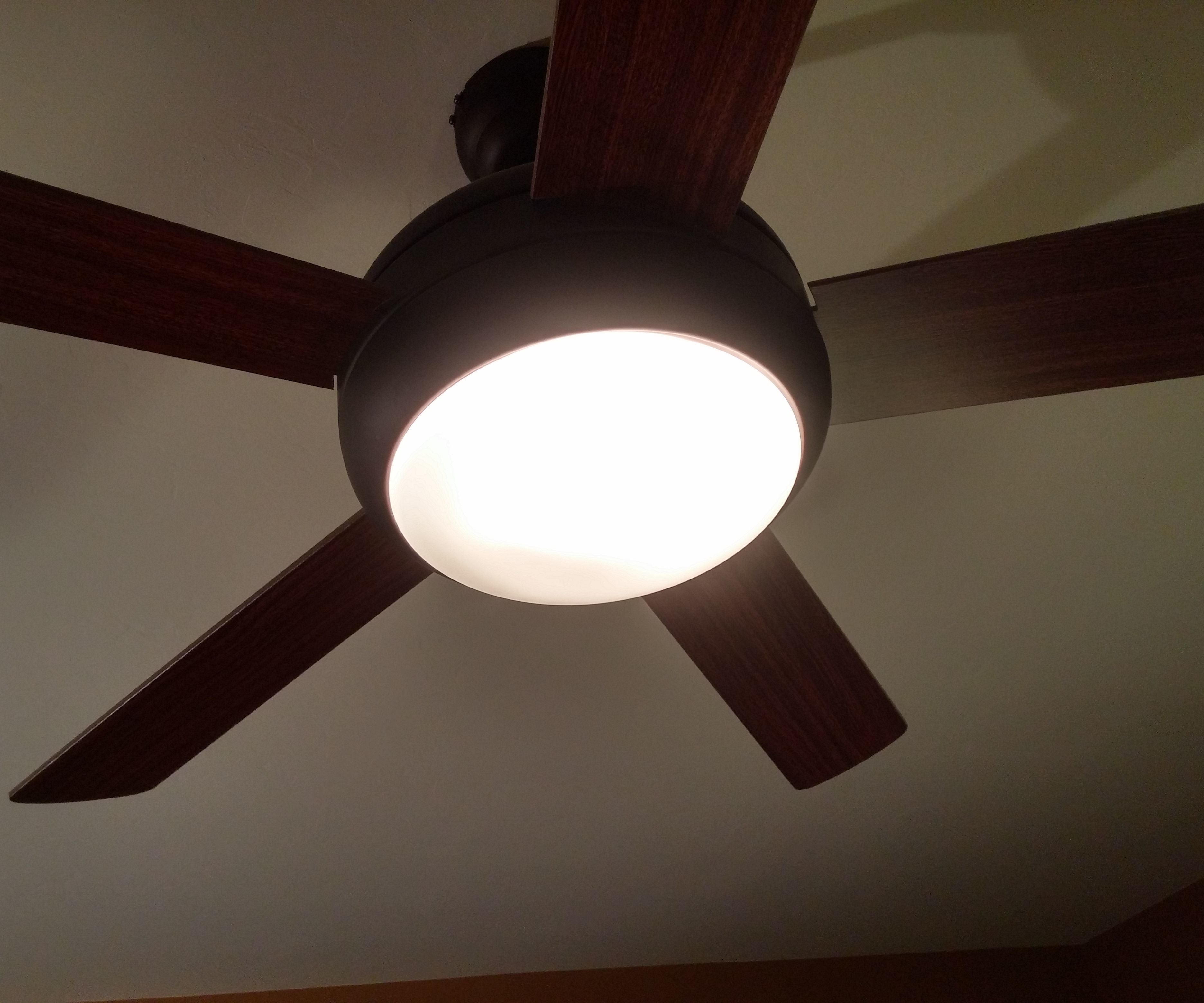

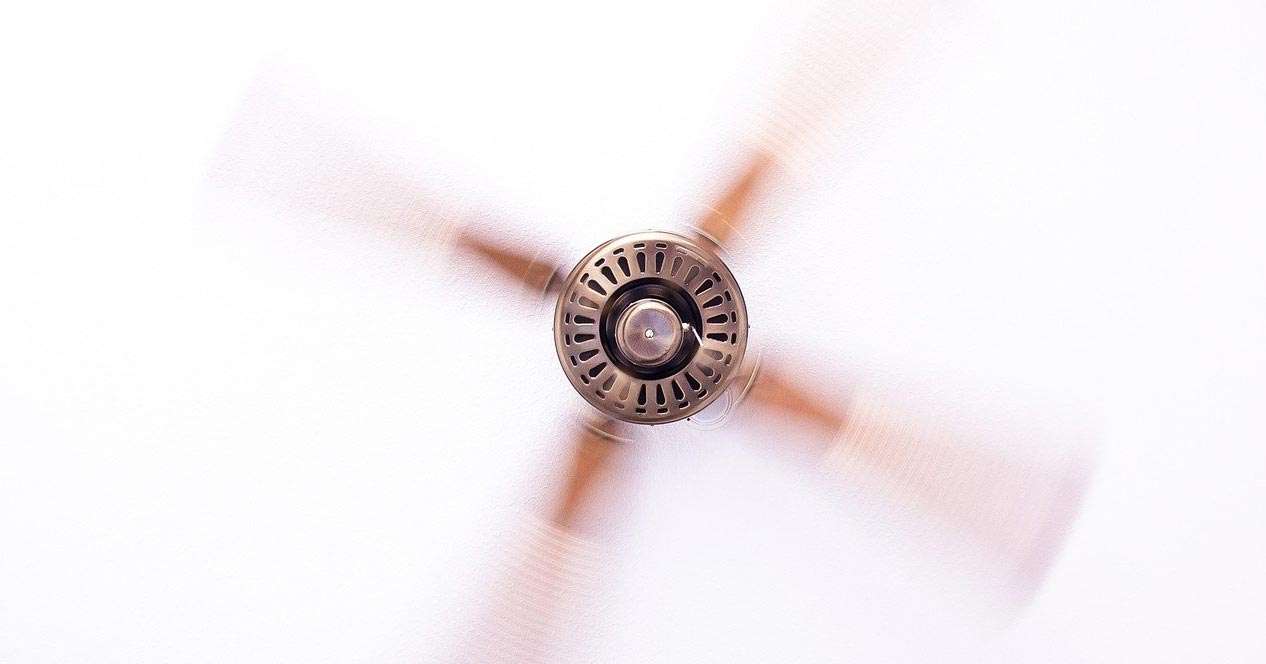
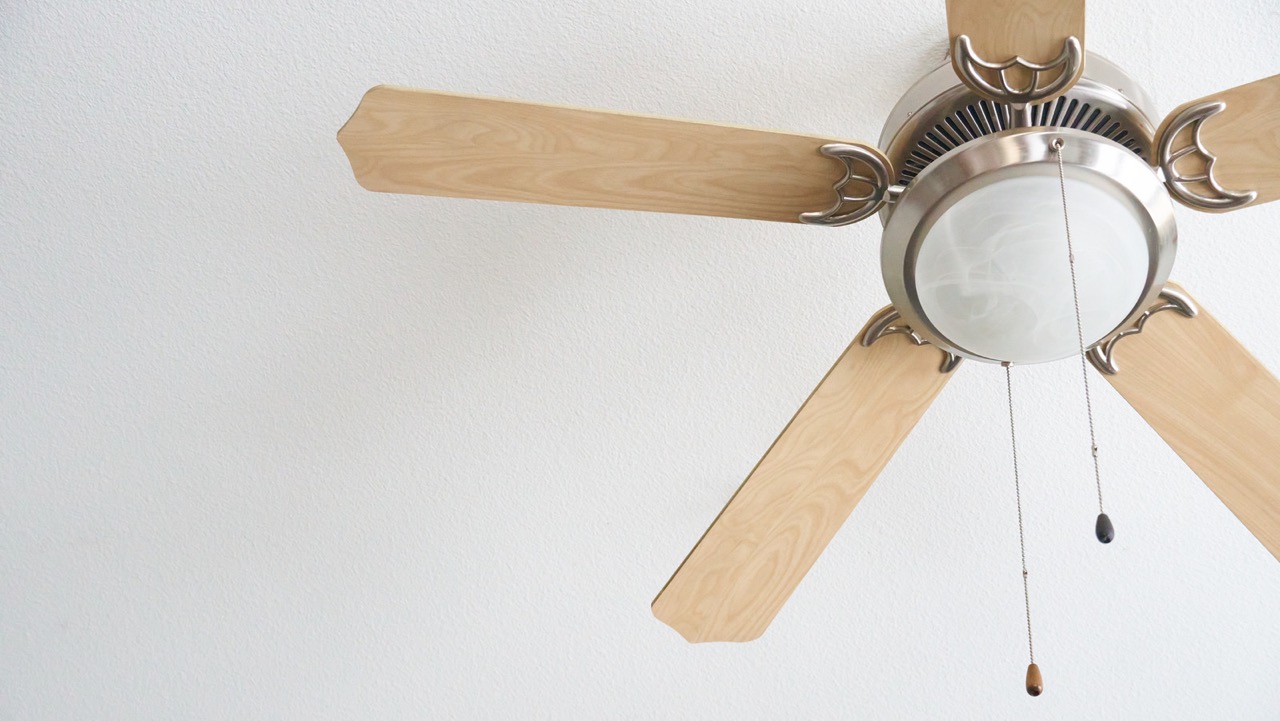
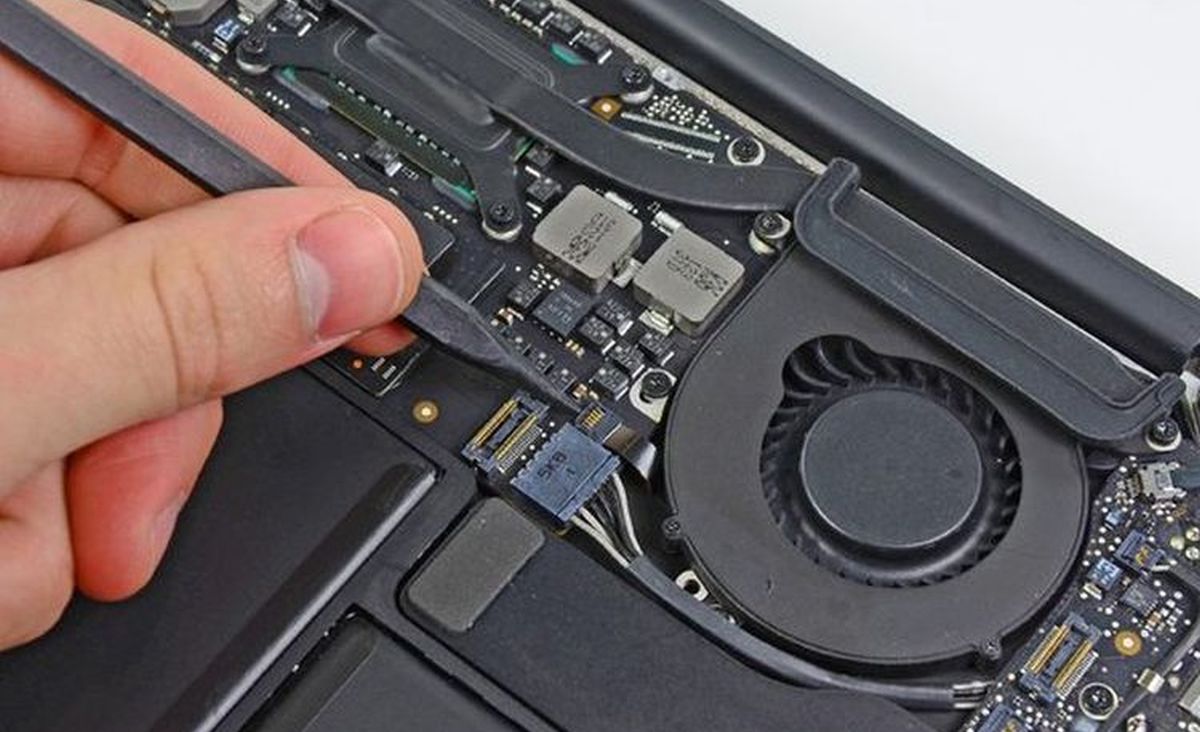
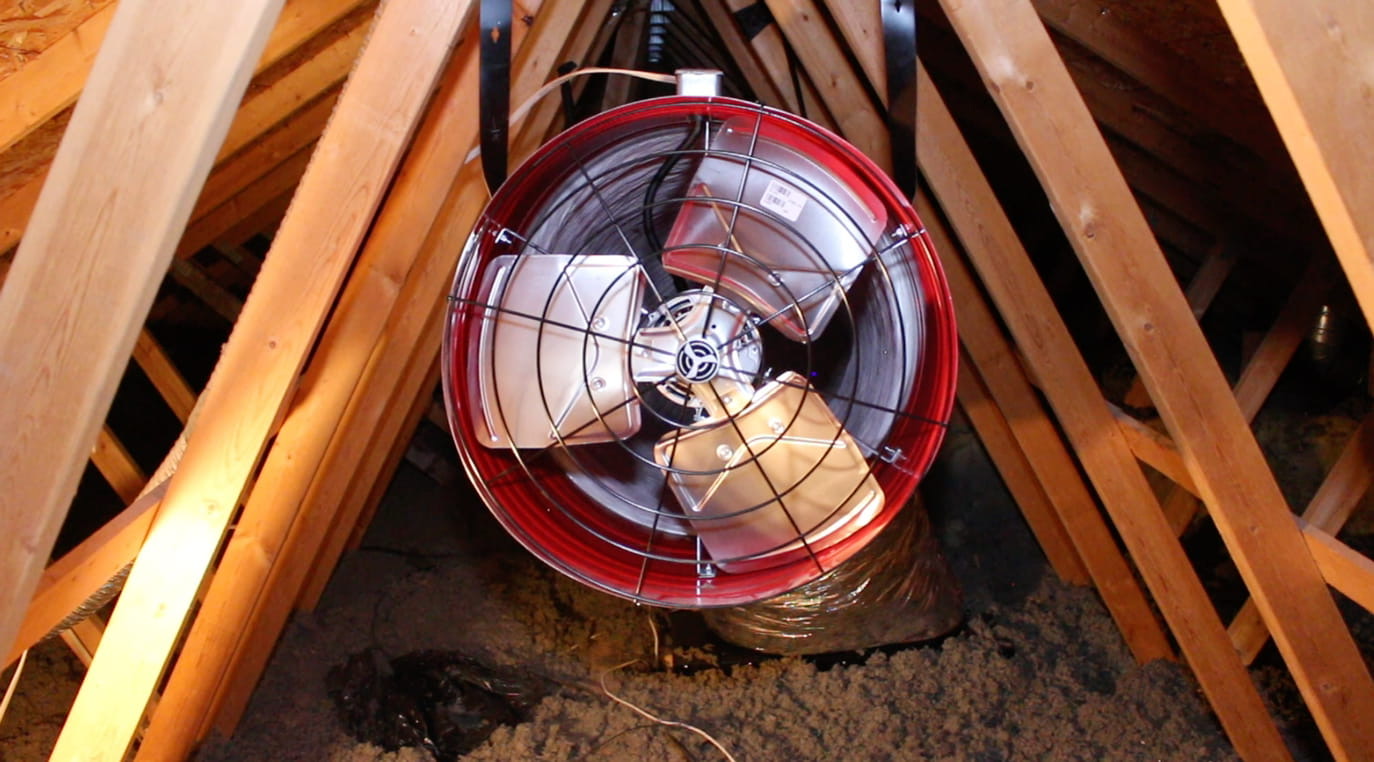
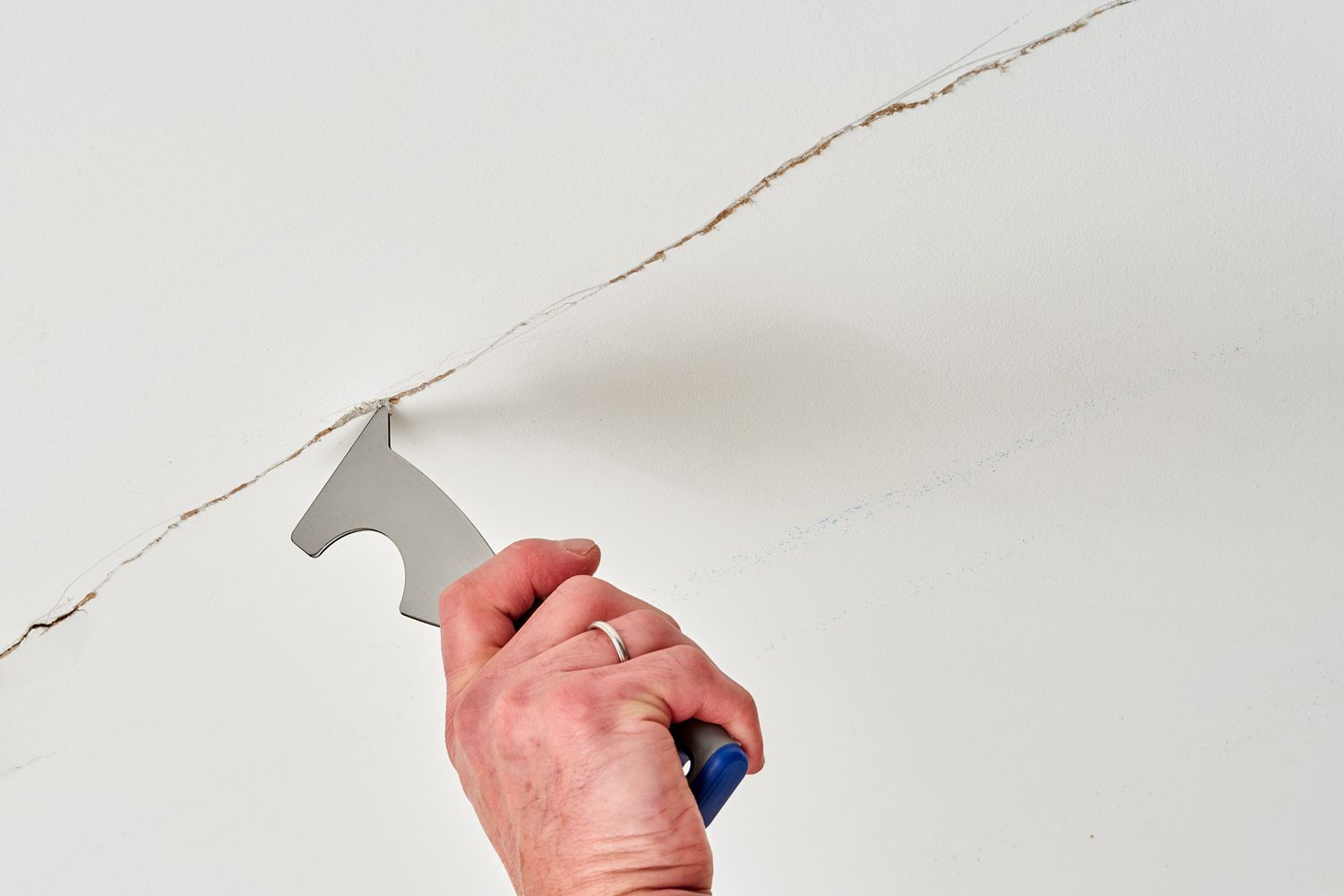

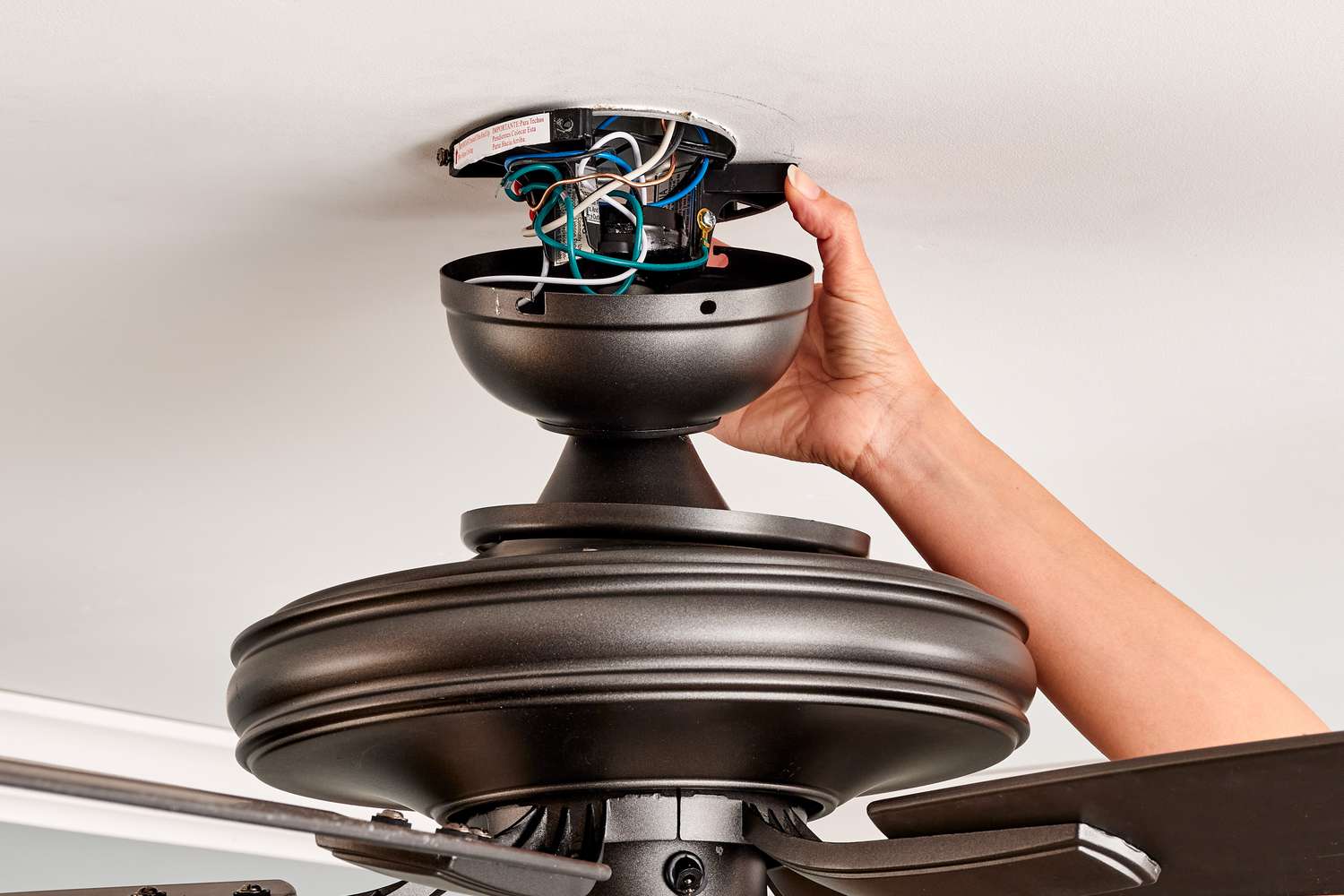
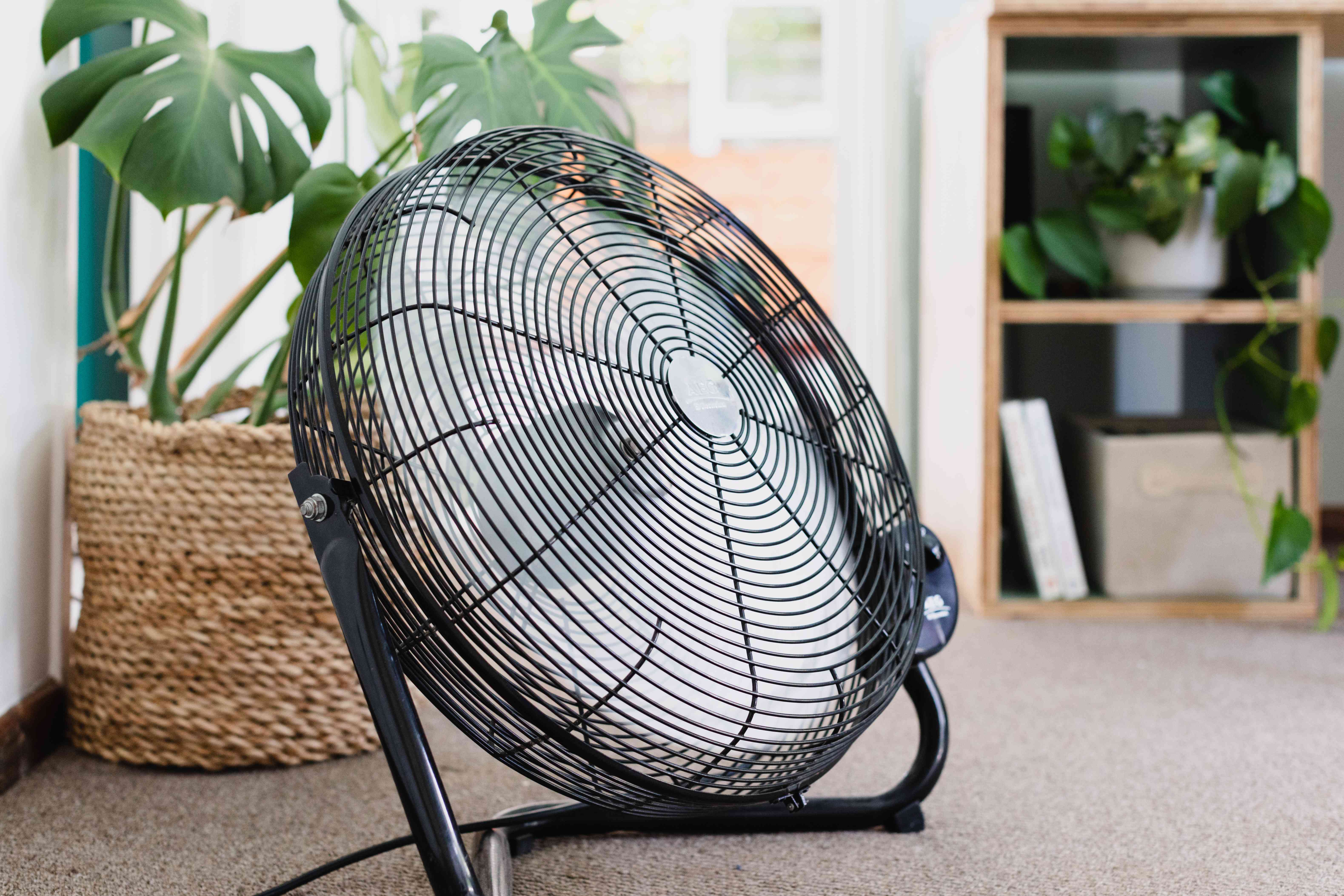

0 thoughts on “Why Does My Ceiling Fan Wobble”